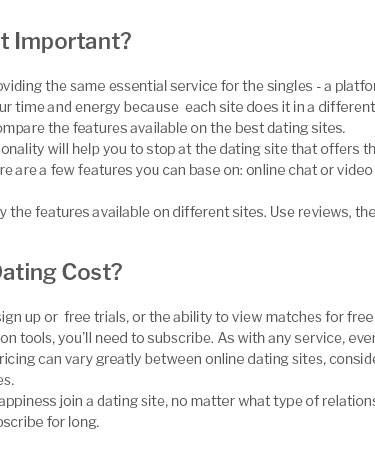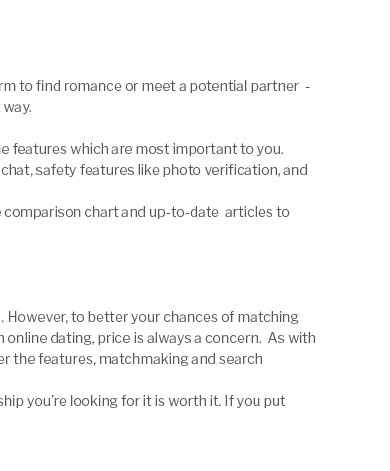secret tinder tips for privacyWhat people mean by 'secret tinder'People often use this phrase to describe discreet dating, tighter control over visibility, and minimizing social spillover. The goal is privacy, not deception. - Discretion without dishonesty: set boundaries and communicate them.
- Selective visibility: manage who can discover and message you.
- Data minimization: share less, and share thoughtfully.
Clarity beats secrecy. Ethical privacy practicesAccount and profile basics- Review discovery controls and tune who can see you.
- Limit personal identifiers in your bio; skip workplace, address, and niche clubs.
- Choose photos that avoid badges, licenses, street numbers, and routine hangouts.
- Restrict app permissions to essentials; disable contact syncing.
- Avoid linking external social accounts if you prefer separation.
- Use neutral backgrounds and keep metadata off shared images.
Conversation boundaries- State privacy preferences courteously; invite the same from matches.
- Avoid sharing sensitive details like exact address, schedules, or financial info.
- Assume screenshots are possible; keep messages respectful.
- Move to other platforms only with mutual trust and clear consent.
- Be transparent about intentions; do not mislead partners or dependents.
Privacy works best with mutual consent. Discoverability and visibilityMatching depends on distance, preferences, activity signals, and profile quality. Paid controls can narrow exposure, but no setting guarantees complete invisibility. - Adjust distance and age ranges to fit your comfort level.
- Use discovery toggles to stop appearing to others when you need space.
- Keep notifications discreet by hiding message previews on the lock screen.
- Favor simple, non-unique backdrops that do not reveal personal routines.
Alternatives and comparisonsIf you are evaluating niche platforms with discretion features, consult independent affair website reviews to learn about policies, moderation approaches, and safety tooling. For location-based matching styles and swipe comparisons, this overview helps frame differences: happn vs tinder 2020. Red flags and safety- Pressure to keep secrets while demanding your personal details.
- Requests for money, gift cards, cryptocurrency, or verification codes.
- Aggressive pushes to private channels with little rapport.
- Inconsistent stories across profiles and chats.
- Disrespect for boundaries around photos or off-app contact.
If something feels off, step back. Quick setup checklist- Clarify your goals and limits.
- Select photos that reflect personality without exposing sensitive locations.
- Write a concise bio that signals boundaries and intent.
- Set discovery preferences that match your comfort level.
- Enable safety tools such as photo verification and reporting.
- Prepare a first-message approach that is respectful and specific.
- Keep an exit plan and use block or report when necessary.
FAQIs there a truly hidden mode on Tinder?No. Discovery controls can limit who sees you, and premium features can narrow visibility, but there is no consumer option that guarantees full invisibility. Assume anything shared may be seen or captured. How can I reduce who sees me without deceiving anyone?Tune discovery settings for distance and preferences, pause appearing to others with available toggles, avoid linking external social accounts, and choose photos that do not reveal personal landmarks. Communicate your privacy needs in conversation. Can I use a separate contact method for dating apps?Yes. A dedicated email or phone line can help protect your primary contact details and organize messages. Ensure the method complies with platform policies and local rules, and secure recovery options. What is the difference between privacy and secrecy?Privacy means healthy boundaries and data minimization. Secrecy means hiding information from people who reasonably should know. Favor transparent boundaries instead of deception. Are third-party mods or clones safe?Avoid them. Unofficial tools can contain malware, violate terms, and expose your credentials. Use official apps and built-in controls, and report suspicious tools or behavior.

|




















